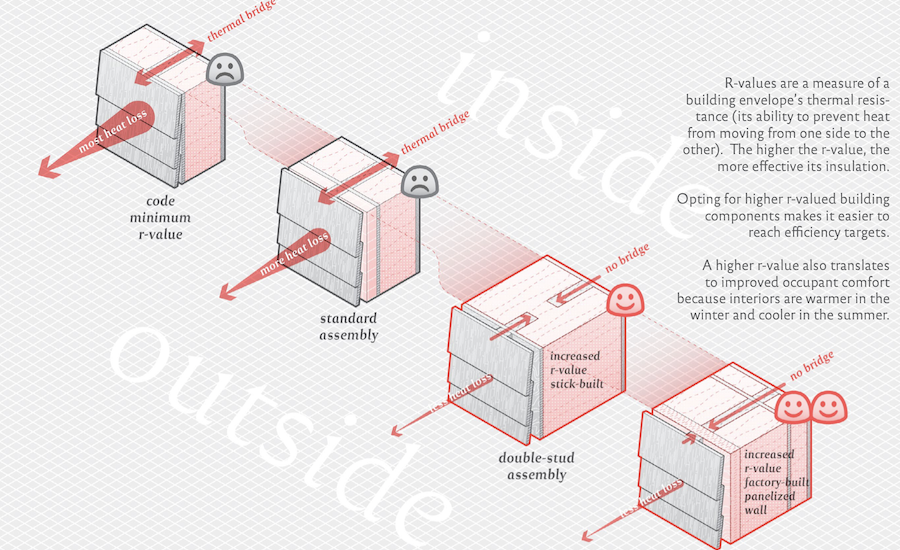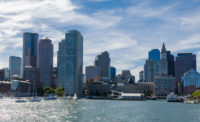Boston Releases First Zero Carbon Affordable Housing Design Standards
Thornton Tomasetti, Bensonwood and Placetailor helped create new guidebook

The recipe for zero carbon affordable housing design standards may be held within a guidebook released by city officials in Boston on April 22.
Part of the city’s green buildings initiatives program—as well as Boston Mayor Martin J. Walsh's initiative to achieve carbon neutrality by 2050—the 2020 Zero Emissions Building guide is a collaboration between Thornton Tomasetti, Bensonwood, Placetailor, Elton Hampton Architects and city planning and environmental offices.
The city's first guidebook of its kind was released by the city's Dept. of Neighborhood Development (DND) to help developers, designers, and builders looking for a zero emissions resource. Colin Schless, a vice president in Thornton Tomasetti's Boston office, said he appreciated the DND for taking the initiative "to understand if there is a recipe to do this so we can hand it over to builders and say, 'Do this and you will be in alignment with our goals.’”
Schless added, “That’s something that really stood out as progressive for Boston.”
Tailored to Boston’s climate, portfolio, density and resiliency goals, the guidelines' recommendations include subjects such as mechanical systems and wall assemblies that reduce building energy use and emissions. “It needed to be something that said ‘These are the walls, these are the kind of mechanical system that’s needed,’” Schless said.
Jessica Boatright, the deputy director for neighborhood housing development at the DND, says one of the most important things included in the guide is the cost effective information. “The study shows that there is a cost effective path to zero emissions in new construction that can be put in place now,” Boatright said. She added that the guidebook is “not intended to be prescriptive, but it does share best practices and identify the most direct and cost efficient path for our affordable housing buildings,” she said.
In the spring of 2019, DND engaged a consulting team to study DND’s portfolio of new construction affordable housing to learn how it could become carbon neutral. “DND will use the guidebook and the consultant's findings to implement zero carbon design standards for all new construction affordable housing projects funded by the city of Boston,” Boatright said.
The guide is critical for the city given its housing shortage, Schless said. Boston expects a population increase of 75,000 people within the next 10 years, reaching a total population of 760,000 by 2030, according to city officials.
Buildings account for more than two-thirds of the Boston’s total carbon emissions and the city has been in the midst of a major building boom, adding four to six million square feet of new space per year since 2014, the city said.
The city is accepting online feedback on the guidebook through June 1.
This story was updated with new material on April 23.



